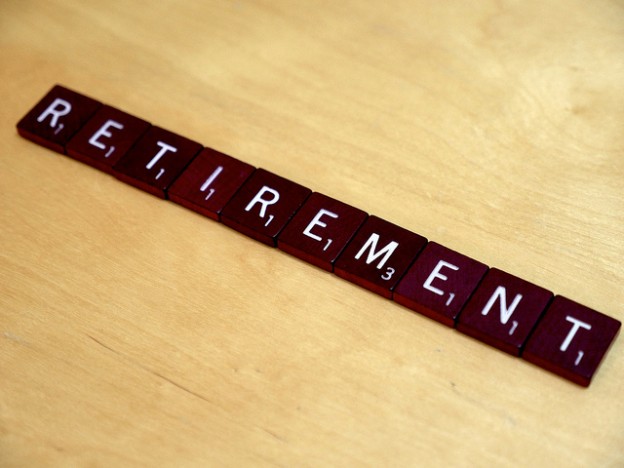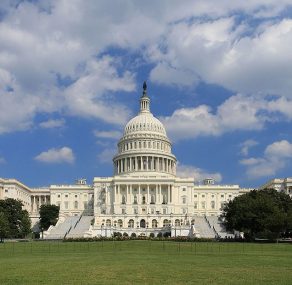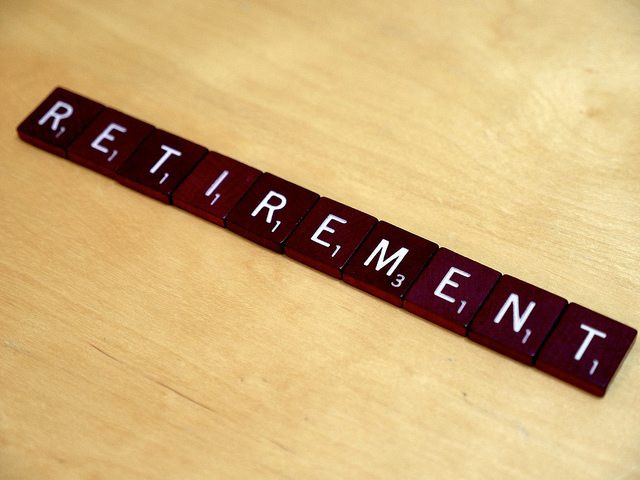Retirement Proposals: Some Details Added to FEHB

New documents from the White House that are related to the budget write in detail the proposals pertaining to retirement and FEHB that was contained in the last week first budget release — for example, specifying that only those under FERS system would have the proposed increase in required employee contributions toward retirement.
The goal that was stated is to make the enrollee and the government shares equal by phasing up the former 1 percentage point per years and bringing down the latter until they match. The document also says that the increase will not be as steep for employees hired after 2012 because they are already paying more than those hired through that year.
The enrollee share would need to increase by about 8 percentage points for most employees, to make them equal. This will be starting in 2020 where the government will start using higher assumptions about the costs of financing retirement.
Retirement-related proposals that need a little more explanation:
– Rather than the currently used high-3, annuities of future retirees will be based on their high-5 consecutive working years;
– Removing the COLA on the civil service portion of a FERS benefit while cutting 0.5 percent off of COLAs of CSRS benefits.
– Eliminating the FERS special retirement supplement for future retirees
– Reducing the TSP’s G-fund rate of return.
– No auto-enrollment in FERS for term appointments.
The budget argues that many of those employees have never become eligible for a later FERS benefit because those appointments are generally limited to four years, of which the FERS benefit requires at least five years of service. This proposal is viewed as the first step towards an attempt to do the same with all future hires by employee organizations.
FEHB Premiums
The proposals note that on FEHB the government’s share of premiums is currently lesser of 72 percent of the weighted average of all of the plans, or 75 percent of a plans total cost. The budget would reduce the former factor to 71 percent, but the government share would increase by 5 percentage points for the plans that have the highest rating.
That somehow differs from last year’s proposal which based on plan ratings would have created a three-tier structure. With the third lowest receiving 5 percentage points less of a government contributions.






